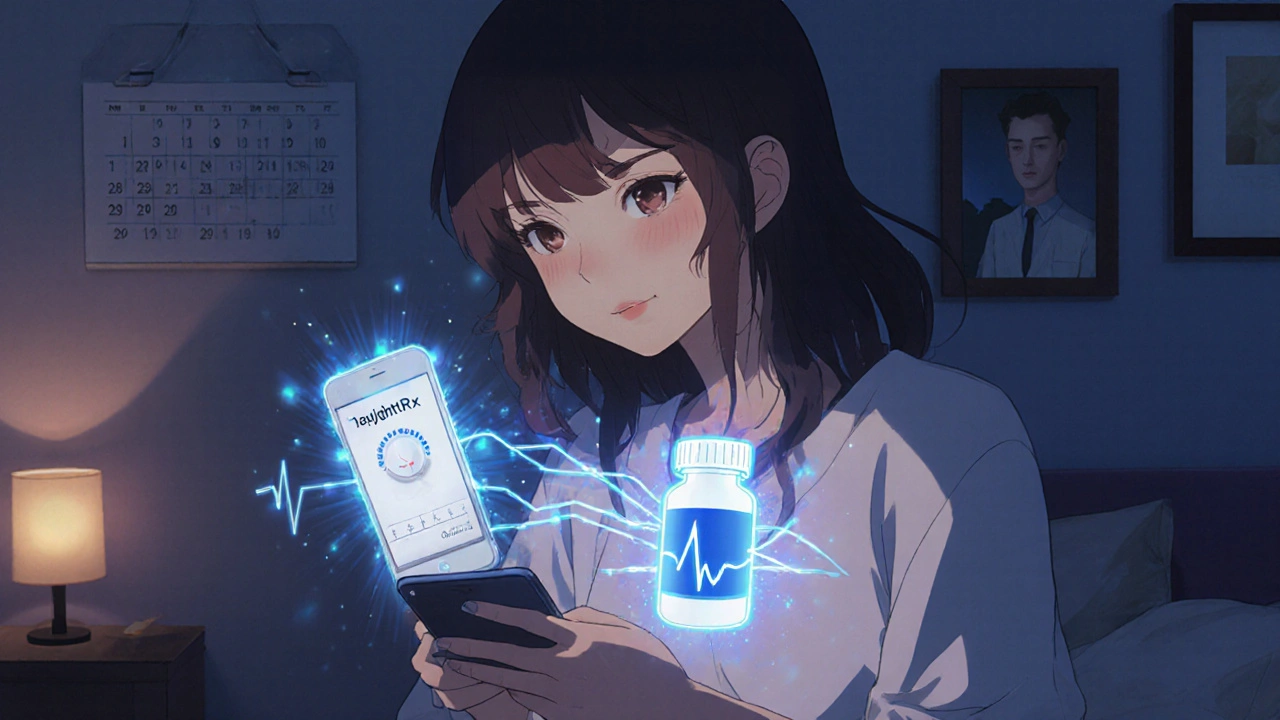Digital Therapeutics: What They Are and How They're Changing Medicine
When you think of medicine, you probably picture pills, injections, or surgeries. But digital therapeutics, software programs designed to treat medical conditions through evidence-based interventions. Also known as prescription digital therapeutics, these are not apps you download for fun—they’re clinically tested, FDA-recognized tools that work alongside or even replace traditional treatments. Think of them as medicine you use on your phone or tablet, guided by data, not guesswork.
Digital therapeutics aren’t just about reminders or trackers. They’re built to change behavior, manage symptoms, and even rewire how the brain responds to pain or anxiety. For example, some are used to treat chronic back pain by teaching patients how to move differently, while others help people with ADHD improve focus through structured cognitive training. They’re used for diabetes, depression, substance use disorders, and even sleep problems. These tools don’t replace doctors—they give doctors better tools to help patients stick to treatment plans, track progress in real time, and catch problems before they get worse. remote patient monitoring, the use of connected devices to collect health data outside clinical settings is often part of the system, letting providers see trends between visits.
What makes digital therapeutics different from regular health apps? They’re regulated like drugs. That means they’ve gone through clinical trials, proven they work, and are prescribed by doctors. You won’t find them on the App Store unless they’re cleared for medical use. Many are tied to specific conditions—like a program for opioid use disorder that uses CBT techniques delivered over weeks, or one for insomnia that adjusts your sleep schedule based on your daily input. And they’re not one-size-fits-all. Some adapt as you progress, others sync with wearables to track heart rate or movement. mobile health apps, consumer-facing tools that may or may not be clinically validated are everywhere, but only a small fraction qualify as true digital therapeutics. The key difference? Evidence. These tools have published studies backing their effectiveness.
What you’ll find in the posts below isn’t a list of apps to download. It’s a collection of real-world insights on how digital therapeutics fit into everyday care. You’ll see how they interact with medications, how patients stick with them, what happens when they’re used alongside traditional treatments, and why some fail despite good design. You’ll also find posts on drug safety, side effects, and how digital tools are changing how we monitor conditions like heart disease, mental health, and chronic pain. This isn’t science fiction. It’s happening now—and the data is starting to add up.
Digital Therapeutics and Medication Interactions: What You Need to Know in 2025
Digital therapeutics are now FDA-cleared treatments that help patients take medications correctly. Learn how they work with drugs, where they fall short, and what you need to know in 2025 to use them safely and effectively.

